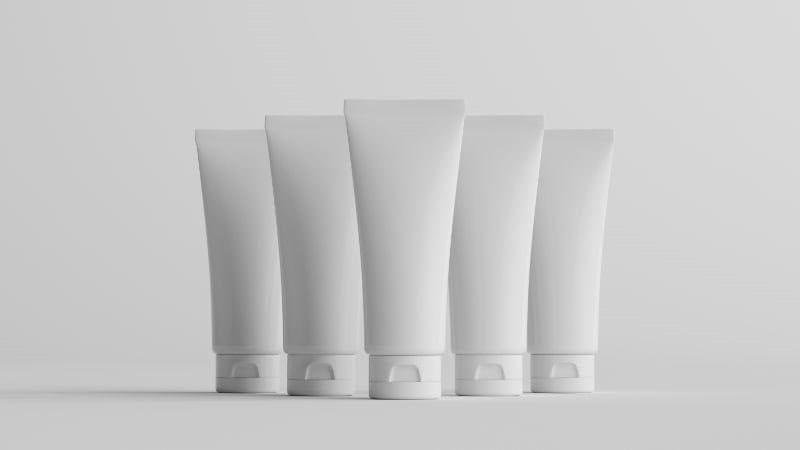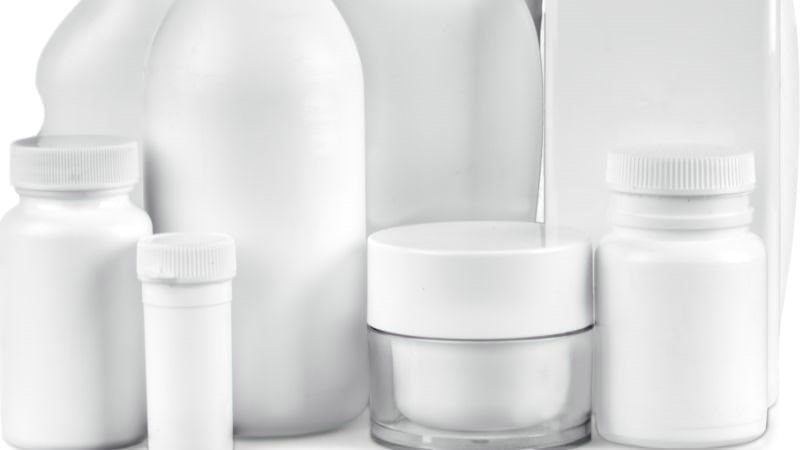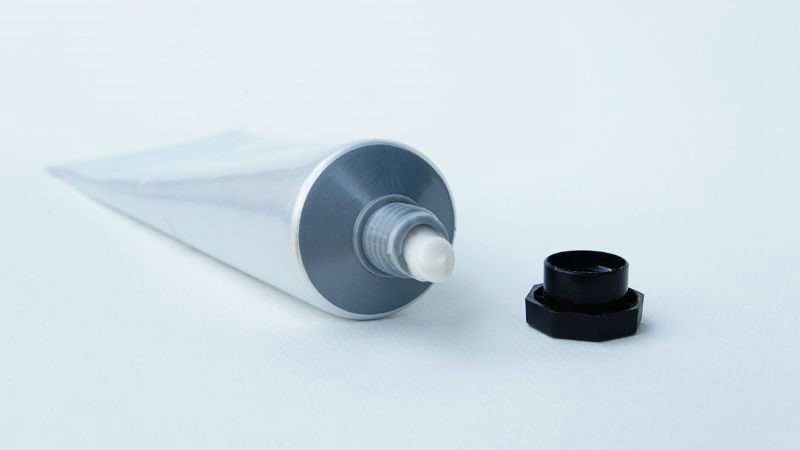Tube packaging is commonly used in many industries, from cosmetics to pharmaceuticals. It offers a versatile and practical solution for packaging different types of products.
Whether you need to store ointments, creams, or eco-friendly options, tube packaging can meet your needs.

Tube packaging also plays a crucial role in the pharmaceutical industry, holding medications like topical gels and creams securely.
You will find tube packaging in many forms and materials, each tailored for specific applications.
From paper-based tubes to plastic and metal variants, the choices are vast.
Understanding these options can help you select the right tube packaging for your product, enhancing both functionality and sustainability.
Types and Materials
Tube packaging comes in various forms, each suited to different products and uses. This section explores four common types: plastic, aluminum, paper and cardboard, and glass tubes.

Plastic Tubes
Plastic tubes are widely used in many industries, including cosmetics and pharmaceuticals. They are typically made from plastic materials such as polyethylene (PE) and polypropylene (PP).
Advantages:
- Lightweight
- Flexible
- Durable
- Available in various colors and finishes
Common Uses:
- Toothpaste
- Creams and lotions
- Gels
Plastic tubes are also recyclable, although the actual recyclability depends on local facilities and proper sorting.
Aluminum Tubes
Aluminum tubes are popular for products that require strong barrier properties. They are lightweight but highly durable.
Advantages:
- Excellent barrier protection against light, air, and moisture
- Non-toxic
Common Uses:
- Pharmaceutical ointments
- Adhesives
- Hair color
Aluminum tubes help ensure that the content remains stable and uncontaminated.
Paper and Cardboard Tubes
Paper and cardboard tubes are known for their eco-friendly attributes.
Advantages:
- Cost-effective
- Lightweight
Common Uses:
- Product packaging for eco-conscious brands
- Gift packaging
- Snacks
These tubes are economical.
Glass Tubes
Glass tubes are used for specialized products.
Advantages:
- Non-reactive with most substances
- Reusable
- Offers a sophisticated appearance
Common Uses:
- High-end cosmetics
- Essential oils
- Specialized pharmaceuticals
Glass tubes provide a classy and sturdy packaging option but can be more fragile.
Sizes and Features

Tube packaging comes in various sizes and offers many features. You’ll find options ranging from customizable sizes to specific barrier properties and additional specialty features.
Customizable Sizes
Tube packaging is available in many sizes, catering to different products and needs.
You can select tubes that fit small amounts of lotion or larger sizes for bulk products.
Customizable sizes ensure that you get the perfect fit for your product, reducing waste and improving efficiency.
Manufacturers often offer minimum order quantities but still provide flexibility in sizing.
Whether you need a lightweight option or a sturdy tube, you can find something that meets your requirements.
Barrier Properties
Barrier properties are crucial for maintaining the freshness and shelf life of your products.
Tubes come with various barriers to protect the content from light, air, and moisture.
For instance, some tubes use multi-layered barriers to enhance protection, which is especially important for sensitive products like cosmetics and pharmaceuticals.
The sealed bottom ensures that the product remains safe and uncontaminated.
Not only do these barriers keep your product fresh, but they also comply with industry standards.
Specialty Features
Tube packaging often includes unique features to suit different needs.
These can range from distinct dispensing options to design elements like flat edges or rolled edges.
You might find tubes with special applicators for precise usage or sturdy caps to prevent leakage.
For products that require controlled dispensing, some tubes come with specific orifice designs.
These specialty features ensure convenience and enhance user experience, while also keeping the product secure.
Applications and Uses

Tube packaging is used across various industries due to its versatility and practical benefits. From cosmetics and personal care items to pharmaceuticals and food products, tube packaging provides a reliable and convenient solution.
Cosmetic and Personal Care Products
You often find tube packaging in the beauty and personal care aisles.
Items like creams, lotions, and gels are frequently housed in these containers. This keeps the products safe and user-friendly.
Makeup brands use tubes for items like foundation and concealer. The packaging helps with precise application and limits waste.
Toothpaste is another common product packaged this way, thanks to its ease of use.
Decorative designs and branding on tubes also make them attractive. This is crucial for cosmetic brands aiming to stand out on shelves.
Pharmaceutical and Ointment Tubes
In the pharmaceutical industry, tube packaging is particularly handy.
Ointments, creams, and gels are often stored in tubes to ensure they stay hygienic and uncontaminated. The tubes protect the pharmaceutical products from light, air, and contamination, keeping them effective.
You benefit from the precision of tubes when applying medicated creams.
Whether it’s for conditions like eczema or acne, packaging in tubes allows for easy and accurate application.
Patients find tubes to be portable and convenient, making it easier to carry prescriptions on the go. This user-friendly packaging solution enhances compliance with medication instructions.
Food Packaging and Non-Food Uses
Tube packaging is also prevalent in the food industry. Items like sauces, condiments, and frosting often come in these containers. This method ensures that these products remain fresh and easy to dispense.
Paper tubes are sometimes used for specialty food products such as premium teas and chocolates. The paper material adds an eco-friendly touch and appeals to environmentally conscious consumers.
Non-food uses include candles, where tubes provide a neat and aesthetic way to package the product. This type of packaging helps protect candles from damage and makes them more appealing for gift-giving.
Tube packaging’s versatility makes it a popular choice in both the food and non-food sectors.
